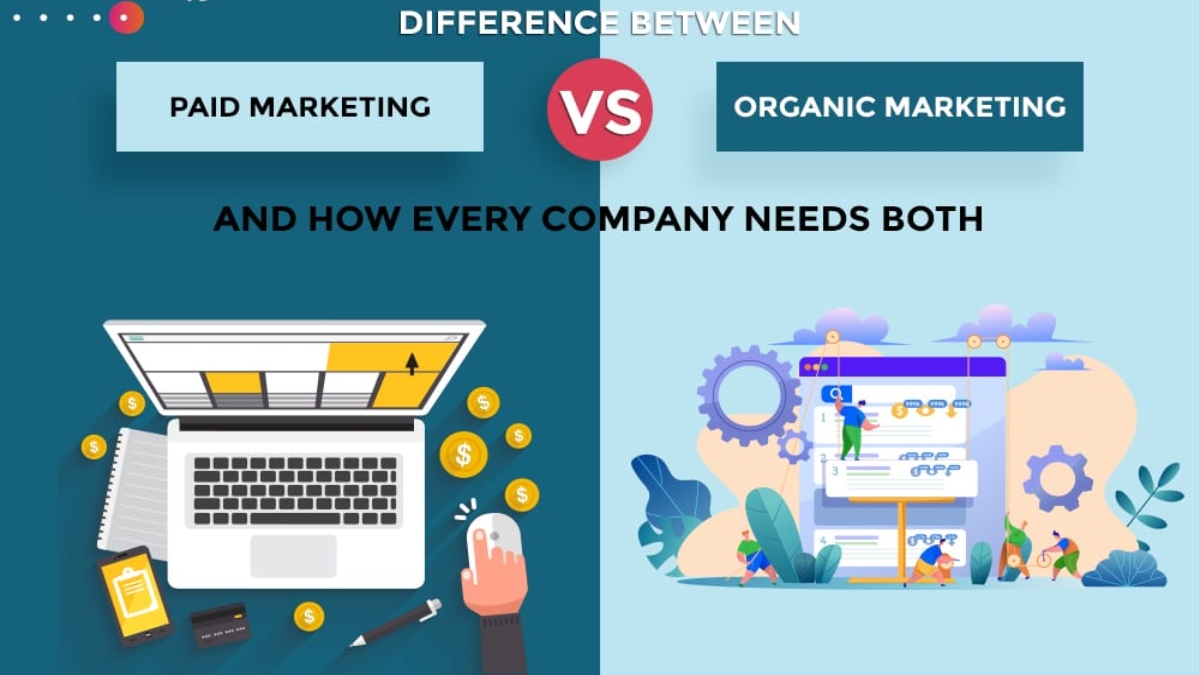Organic vs. Paid Marketing: What's the difference between them?
miércoles, 26 de mayo de 2021

Marketing involves a wide range of activities that help businesses promote and sell their products and services. If Organic and Paid Marketing are correctly combined, together they can generate optimal results for any business. What's the difference between the two? Let's discuss it.
Organic Marketing
When we see that something is organic, we instantly consider it as "natural". At the supermarket, "organic" refers to the way in which products have been grown and processed. The regulations that determine whether something is organic or not vary depending on each country. For instance, organic crops in the U.S. must be grown without the use of any synthetic herbicides, pesticides, fertilizers, or bioengineered genes (GMOs), according to Help Guide’s article on organic foods.
What about when it comes to marketing?
As regards organic marketing, it is developed just as organic products are grown: Through steady efforts and a lot of care. It's goal is not speed of production, but anything regular work over time.
Organic marketing, sometimes known as inbound marketing, uses strategies to develop a brand, foster connection with prospects, leads and current clients, educate others about your products, and ultimately increase traffic to your businesses’ websites and other online profiles.
Organic marketing is implemented as a strategy to “generate traffic to your business naturally over time, rather than using paid advertising or sponsored posts” (Green, 2020). Organic marketing takes longer to kick into full effect but yields great results.
What actions fall under organic marketing?
Anything that you do NOT spend money on directly in order to boost! You may spend money using software or hiring employees to design posts for your business, but you are not spending money to make sure that these posts reach.
For example:
- Blog posts on your business’ public website
- Unpaid Twitter posts and Facebook posts your business shares online
- Emails sent to potential customers or leads as well as current customers
Paid Marketing
The minute you start paying someone to help your posts target and reach a specific market, you are engaging in paid marketing. Through paid marketing, you will directly push the content that promotes your business’ services so that it draws the attention of your target markets.
Eamples of paid marketing:
- Pay-Per-Click (PPC) Ads
- Social Media Ads
- Paid Influencer marketing
Should I use Organic Marketing or Paid Marketing?
In order to succeed, you don't have to choose between one or the other, but find the balance between the two! Both of them can be used to achieve your business goals.
You should figure out how to combine Organic Marketing strategies and Paid Marketing strategies to generate the most significant impact.
Also, you should remember that finding the perfect balance takes time as well as a lot of testing and fine-tuning. Stay patient and persistent and you will keep moving towards your target goals.
Sources
5 Popular Paid Online Advertising Strategies [Updated] (July 2018), Ballantine Digital Marketing
How to get started with Organic Marketing (July 2020), Autumn Green, Brafton
Organic Foods: What You Need to Know (September 2020), Help Guide
Organic Leads vs Paid Leads: Which should your business invest in?, Triton Commerce
The Difference Between Paid and Organic Marketing – and Why It Matters (2018), Jessica Thiefels, Salesforce





